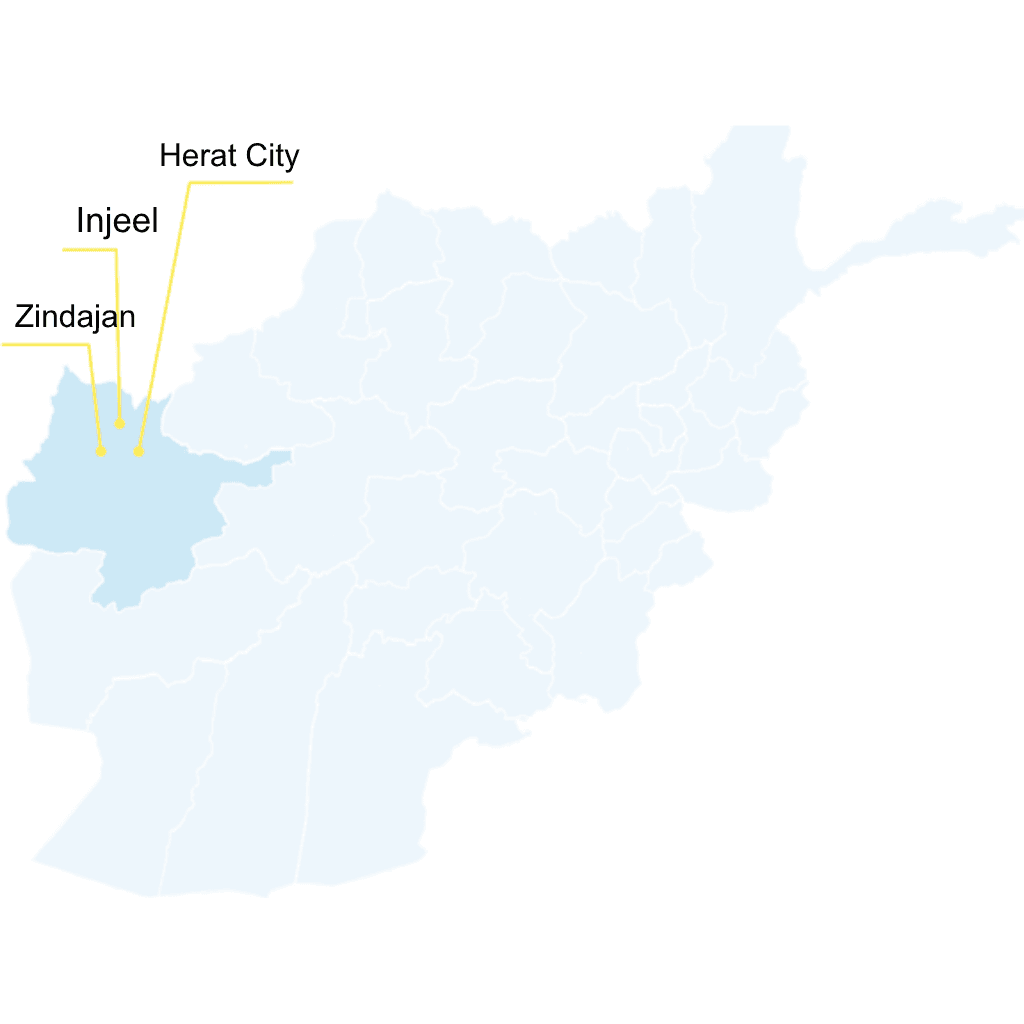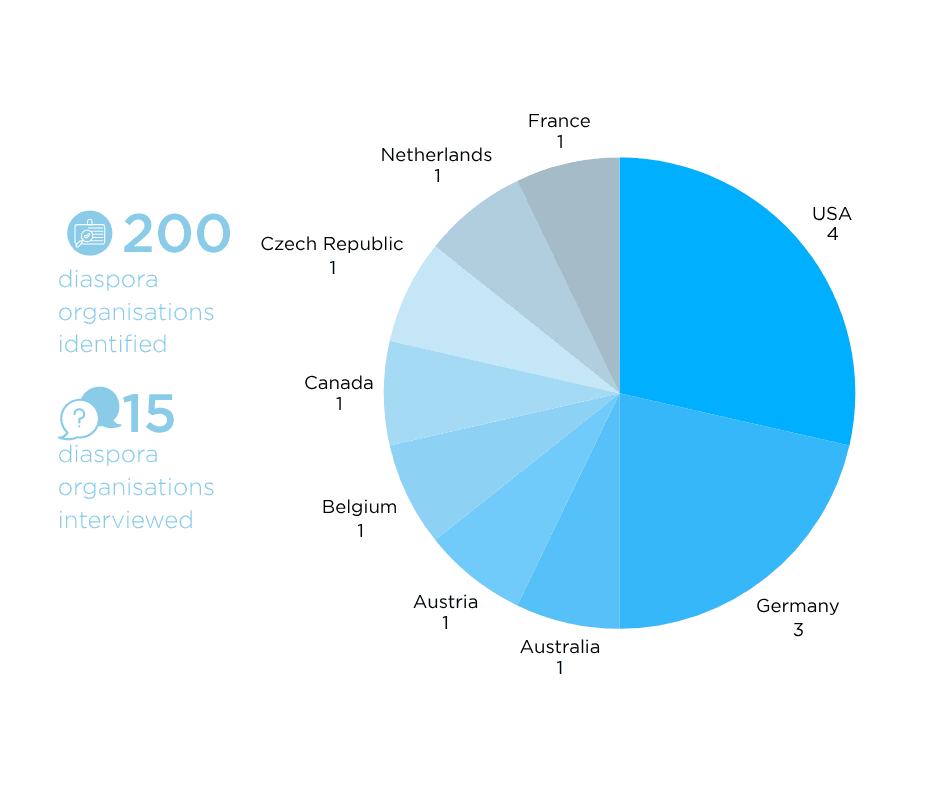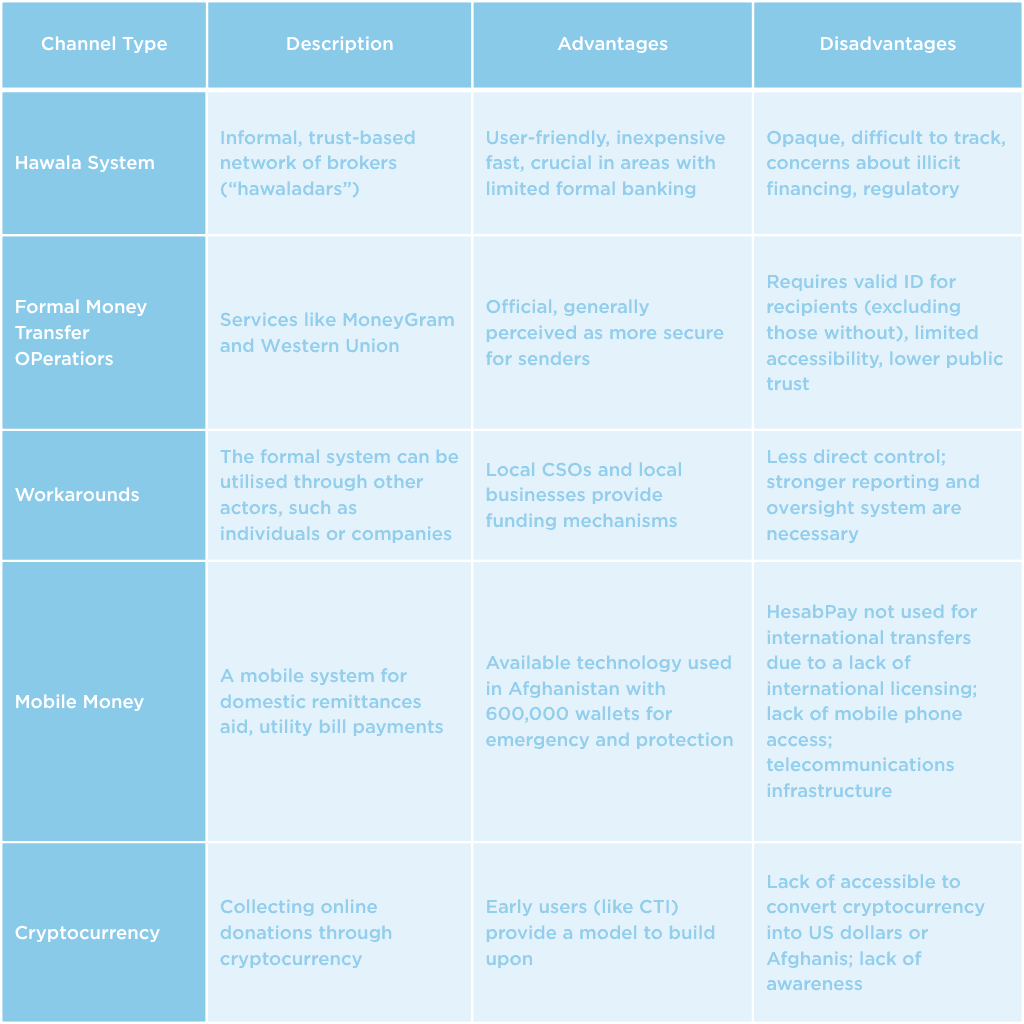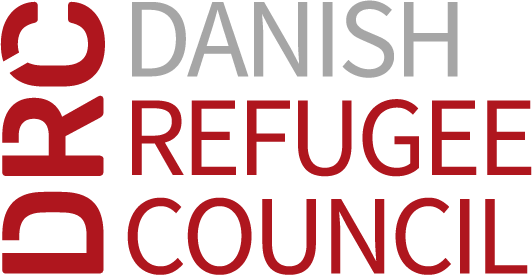

Afghanistan: Diaspora efforts in mobilizing humanitarian and recovery efforts. The case of Herat Earthquake.
28 October 2025
The global Afghan diaspora by mid of 2024 counted around 7.5 million across Europe, North America, Australia and the Middle East make it as among the world’s largest community. These numbers show how pivotal their influence is in channeling local resources effectively from multi-sectoral actors to answer aid relief from emergency response to recovery and reconstruction phase.
DEMAC’s recent Afghan research explores the dynamics from successes to barriers of Afghan diaspora roles around the world in navigating supports for the local community through the case study of the 2023 Herat earthquake response. It also seeks to address the impacts produced by this diaspora humanitarianism.
Building up on DEMAC’s 2023 diaspora organisations (DO) mapping, the recent research context goes beyond the first ten days response. It also considers the ongoing massive forced returns from Pakistan and Iran. The situations combined further exacerbate local communities' conditions tied to poverty and food insecurity.
The research focused on the three districts of Herat province: Zinda Jan, Injil, and Herat city, where it hosts the highest number of earthquake survivors and returnees from Iran. Besides successes and opportunities, this research findings figured out that Afghan diaspora’s financial and operational capacity limitations hinder their direct engagement in large-scale emergency response.

Landscape of the Afghan Diaspora Humanitarian Response in Herat
Afghan DOs contributed an estimated USD 3.4 million to the Herat earthquake response. Around USD 2.8 million out of this amount had been crowdfunded during the first seven days in response to immediate emergency needs and gaps identified at local level. According to the 2023 DEMAC mapping, an estimated 33-38 diaspora organisations (DOs) participated in the Herat earthquake response in the first ten days, active in the US, UK, Canada, Germany, the Netherlands, Australia and Iran.
The recent research involves over 60 participants, including diaspora actors and tech innovators, local community members, and representatives of De facto Authorities (DfA) from relevant ministries. Among these are 15 diaspora organizations interviewed from a broader pool of 200 identified worldwide.
Afghan DOs are diverse and heterogeneous, ranging from individuals acting in a private capacity to formal organisations. Their work in Afghanistan covers sector from sustainable development, humanitarian relief, women’s empowerment, education, and children’s rights. These organizations also engage in research, advocacy, community building, as well as cultural and religious initiatives within the country.

Financing Models and Fundraising Methods: Innovative Diaspora Practices
From diaspora-led grant projects initiated by Uplift Afghanistan, crowdfunding, cultural and religious events, humanitarian and development initiatives to collective and individual remittances, financial models varied offering flexibility both for Afghan diaspora and local communities working on the ground. Formal money transfer operators like MoneyGram and Western Union are utilised by many within the country.
Social media (Facebook, WhatsApp, TikTok) plays a major role in channelling diaspora support with crowdfunding and digital platforms, such as GoFundMe, GiveBetter, and Aseel (e-commerce-based platform for humanitarian donations). Furthermore, Afghan diaspora mobilises resources across borders with other innovative financial methods, such as cryptocurrency, blockchain, and mobile money by HesabPay. Adapting technology and digital information in this scene faces challenges, such as regulatory barriers, lack of telecommunication infrastructure, and low financial literacy.
Blockchain tech offers a way to remove multiple layers of intermediaries both for aid and remittances and dramatically drive down costs and increase efficiency and transparency - Expert, HesabPay
Meanwhile, the hawala system remains the most widely used due to its trust-based principle through network of brokers, low cost, and efficiency, especially in areas with limited banking infrastructure. This system however faces scrutiny for its transparency and regulatory challenges. Other methods, such as informal workarounds through local civil society organizations (CSOs) or businesses by opening a bank account in neighbouring countries, help sustain funding flows but require robust oversight.
We see ourselves as a vehicle of information, and a vehicle of transformation - Founder, Aseel, USA

Motivations, Challenges, and Opportunities
Shared concerns, identity, and belonging
Respondents expressed a range of motivations for supporting the 2023 Herat earthquake response. Many cited patriotic solidarity, human empathy, cultural and religious values of giving, and a sense of duty. The motivations are as diverse as diaspora itself – from a culture of giving to global movement of solidarity across borders, to instances of survivors’ guilt and performative giving.
Collective action is part of a shared concern for their homeland, moreover in the post August 2021 context. A second motivation is to protect the homeland from disappearing from international priorities: the perceived failure of international and national state actors to be present and provide a platform to support Afghans has been a wakeup call for the Afghan diaspora. From emergency response, recovery to reconstruction phase, their initiatives and project varied designed to answer local needs assessment.
Diaspora actors continue to mobilise benefiting information technology so that Afghans do not forget their own homeland, regardless of time and distance. Younger Afghans, inspired by global movements and humanitarian crises such as Gaza, are reflecting on their own history and identity. Social media has been a powerful tool in this process. For example, the Kalaam Project’s real-time documentation of earthquake relief efforts helped engage and inspire younger generations.
Navigating barriers as opportunities
Challenges, such as barriers in coordination and scalability for organisation without a formal presence in Afghanistan are seen by local communities as lacking contextual awareness. In addition, financial and contextual restrictions, such as procedural and extensive requirements seen by small DOs and donors as high risks activity. The challenges include limited human resources and financial, which often relies heavily on volunteers to run the operations.
Nevertheless, there are clear opportunities. Local actors have a crucial role in facilitating diaspora-led interventions, as highlighted in this study, as well as diaspora organizations (DOs) advantages in having earned community trust and credibility. They are well positioned to play a greater role in humanitarian response with cost-effectiveness and ability to rapidly mobilize local resources make them valuable actors in contexts where formal institutions struggle to deliver. By building upon these valuable networks and capacity development mechanism, DOs and local actors will produce more effective and resilient communities.
Since the Herat earthquake occurred at the same time as the Israel-Palestine war, global news focused on the latter. In this context, our reporting on the Herat earthquake was necessary and impactful, drawing the attention of the international community. A significant part of our work was focused on information dissemination - Diaspora Representative, Sweden
Case Study: "They Acted Quickly, Without Bureaucracy." - Volunteer Reflects on Diaspora and Community in Leading Support for Herat Returnees
Herat province experienced two crises in two years: the October 2023 earthquake and the 2025 Iranian comeback. Local volunteers assisted with registration, transportation, and basic aid, while diaspora groups supported transportation, medical cases, and daily needs. Women and children remained neglected. A volunteer and humanitarian worker recalls on his experience in providing aid from Baba Mazari Foundation and Global Hazara Fund, in which he worked with community-based teams in Injil and Zinda Jan areas during the earthquake and returnee crises. The local community of Herat shown great solidarity by organizing transport, accommodation, and food for returnees using their own resources. During the displacement, families lived in mosques, stadiums, and religious centers, receiving meals and hygiene necessities, particularly for women and children. He also mentioned about collaboration with the Afghan diaspora for crucial financial and material help. Informal coordination directed via WhatsApp, as community teams communicated updates and assigned roles. They used Western Union or trusted intermediates to send financial support, whereas local volunteers and aid workers provided thorough reports for transparency. There were two women who required urgent surgery for their eyes and kidneys. At that time, local resources were insufficient concerning financial aid, but diaspora supports enabled treatment and prevented lifelong impairment.
Acknowledgement
DEMAC and Samuel Hall would like to give their thanks to members of the Afghan diaspora around the globe, as well as representatives of local civil society organizations (CSOs), and all other actors that supported this research. We are proud to honour the expertise and lived experience of actors across the sector.
This report is made possible by the generous support of the Deutsche Gesellschaft für Internationale Zusammenarbeit (GIZ) on behalf of the Federal Ministry for Economic Cooperation and Development (BMZ). The contents and opinions expressed in this report should not be attributed to and do not represent the views of DEMAC and GIZ/BMZ.







